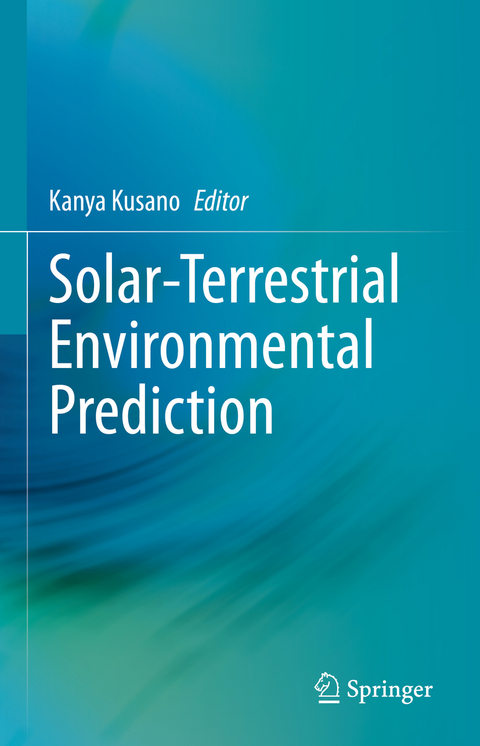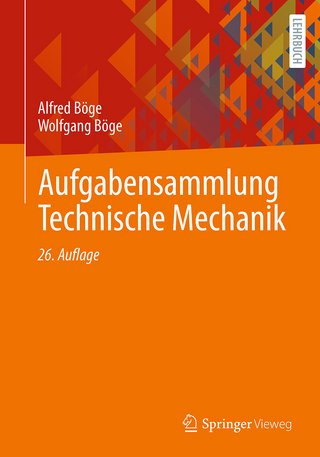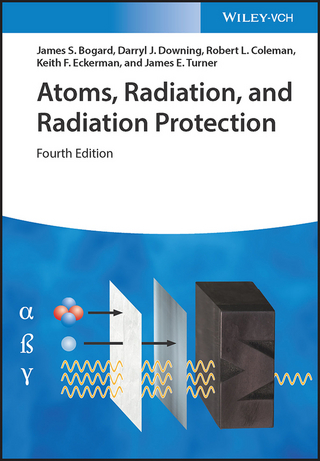
Solar-Terrestrial Environmental Prediction
Springer Verlag, Singapore
978-981-19-7764-0 (ISBN)
This book comprehensively describes space weather, from the basics of related sciences to the possible social impacts. It was compiled based on a national research project on solar–terrestrial environment prediction conducted in Japan recently. It consists of four parts: the linkage between space weather and society; the magnetosphere of the Earth and space weather prediction; solar storms and space weather prediction; and long-term prediction of solar cycle activity and climate impacts.
Each chapter covers the basics and applications of each area, which helps readers gain a broad understanding of the subject matter throughout the book. In addition, readers are able to select and read the topics they are most interested in. It is especially valuable for undergraduate and graduate students and young researchers studying space weather and related topics, and is further helpful for experts in various industries related to space weather disasters.
The translation was done with the help of artificial intelligence (machine translation by the service DeepL.com). The present version has been revised technically and linguistically by the authors in collaboration with a professional translator.
Kanya Kusano is a professor at the Institute for Space–Earth Environmental Research (ISEE), Nagoya University. His work is concerned with space plasma, solar flares and space weather. He received his Doctor of Science from Hiroshima University in 1987. He was an assistant professor and associate professor at Hiroshima University and a group leader and program director at the Japan Agency for Marine–Earth Science and Technology (JAMSTEC). In 2009, he moved to Nagoya University as a professor at the Solar–Terrestrial Environment Laboratory (STEL) and has served in his current position since 2015. He has also been the director of ISEE since 2017. He was the leader of the Project for Solar–Terrestrial Environment Prediction (PSTEP) from 2015 to 2019. He received the Commendation for Science and Technology by the Minister of Education, Culture, Sports, Science and Technology (MEXT) in Japan for Research on Precise Prediction and Onset Mechanism of Giant Solar Flares in 2022. He was alsoawarded the 13th Nishinomiya Yukawa Memorial Prize in 1998 regarding the Study for Solar Flare Onset Mechanism Based on the Magnetohydrodynamic Minimum Energy Principle.
Chapter 1.Social Impacts of Space Weather.- Chapter 2.Impact of Space Weather on Various Fields.- Chapter 3.Severe Space Weather Disasters.- Chapter 4.Introduction of Space Weather Research on Magnetosphere and Ionosphere of Earth.- Chapter 5.Space Radiation.- Chapter 6. Geomagnetic Variability and GICs.- Chapter 7.Ionospheric Variability.- Chapter 8.Structure of Solar Atmosphere and Magnetic Phenomena.- Chapter 9.Origin of Solar Storms.- Chapter 10.Prediction of Solar Storms.- Chapter 11.Explorations of Extreme Space Weather Events from Stellar Observations and Archival Investigations.- Chapter 12.Eleven-year Cycle of Solar Magnetic Activity: Observations, Theories, and Numerical Model Predictions.- Chapter 13.Solar Activity in the Past and its Impacts on Climate.- Chapter 14.Effects of Solar Activity on the Upper Atmosphere.- Chapter 15.Impacts of Solar Activity Variations on Climate.
| Erscheinungsdatum | 23.02.2023 |
|---|---|
| Zusatzinfo | 1 Illustrations, black and white; XXIV, 462 p. 1 illus. |
| Verlagsort | Singapore |
| Sprache | englisch |
| Maße | 155 x 235 mm |
| Themenwelt | Naturwissenschaften ► Physik / Astronomie ► Angewandte Physik |
| Naturwissenschaften ► Physik / Astronomie ► Astronomie / Astrophysik | |
| Naturwissenschaften ► Physik / Astronomie ► Plasmaphysik | |
| Technik ► Luft- / Raumfahrttechnik | |
| ISBN-10 | 981-19-7764-X / 981197764X |
| ISBN-13 | 978-981-19-7764-0 / 9789811977640 |
| Zustand | Neuware |
| Informationen gemäß Produktsicherheitsverordnung (GPSR) | |
| Haben Sie eine Frage zum Produkt? |
aus dem Bereich


